Super cropping is an advanced high-stress training method that cannabis growers can employ to force their plants to grow bigger, use light more efficiently, and produce more resin.
Put simply, this technique involves crushing the inner core of your plant’s stem while leaving the outer layer intact, and then bending the stem so that the plant will then grow out instead of up.
Super cropping can significantly improve the quality and size of your plant’s yield, but it isn’t without risk.
If you accidentally break a stem, the plant might recover poorly or become infected. Here’s all you need to know about super cropping.
Why Super Crop?
There are a few different reasons you might want to super crop your plant.
If your grow area only has one overhead light, you might want to encourage the plant to grow outward instead of upward to stop lower branches from getting shaded out as the plant grows.
If you live in an area with legal limits on the number of plants you can own, you might want to grow the few plants you’re allowed to have as big as possible.
Or, maybe you just want to grow the stickiest, most potent buds you can.
Super cropping can help with all of these things!
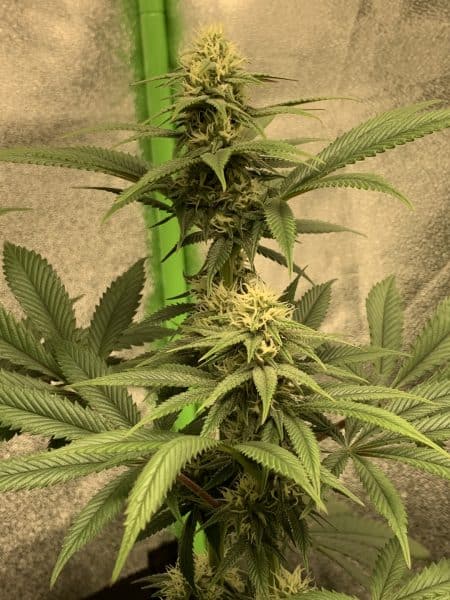
Why it Works
When cannabis plants are threatened by their environments or by injury, their defenses activate and the plant devotes energy to protecting itself.
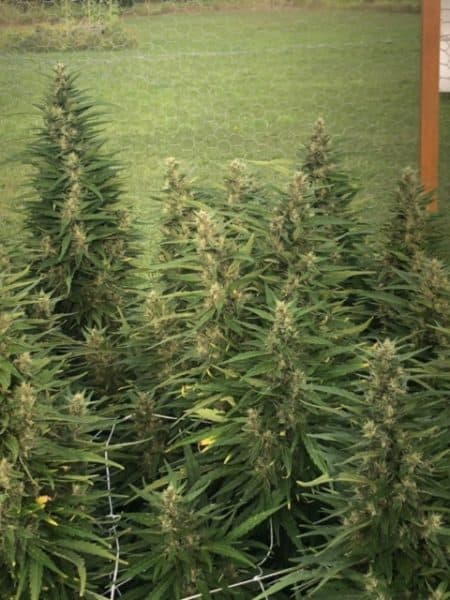
When it comes to super cropping, the plant will heal quickly from any damage you do and will actually be stronger once it has healed.
Check back in a week after you’ve bent your plant’s stem and you’ll see that a hard, bulbous knot has grown around the bend to protect it.
Most people call these hard growths “knuckles,” and if you super crop your plant skillfully the knuckles will actually make the plant stronger and sturdier.
Cannabis plants produce resin to protect themselves from predators and harsh environments.
As a result, when your plant detects that it has been damaged, it will increase resin production.
It’s easy to go too far and damage your plant, but that’s how a healthy amount of adversity in the form of high-stress super cropping creates more potent buds.
When Should I Super Crop?
Super cropping is an intense, high-stress training method.
Plants can’t be too young when they’re super cropped or their health may suffer; but, once the plant starts flowering, super cropping becomes pointless.
Generally, the plant is strong enough to begin super cropping after 3-4 weeks in the vegetative stage.
Make sure you stop at least a week before the plant switches to flowering, though!
How to Super Crop Your Plants
Here’s how to super crop your plant:
1. Choose which branches to crop.
Pick ones near the top of the plant – greener, softer parts of the plant that will bend more easily.
If your plant already has multiple colas, you can bend the same site on several of them to keep things even. If there’s only one cola, bend near the top.
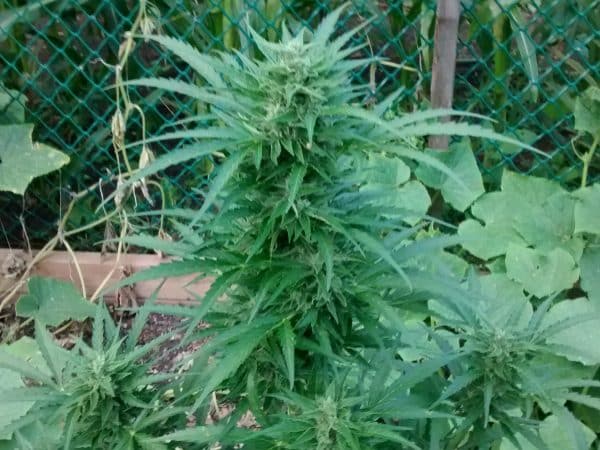
2. Wash your hands. Super cropping has the potential to open your plant up to infections, so minimize that risk.
3. Pinch the stem where you want to bend it and start squeezing gently.
The goal is to crush the tissue inside the stem until it’s soft enough to bend, while avoiding damaging the outer skin of the stem.
Squeeze gently and massage the stem until you feel it soften up.
4. Bend the stem. If you’re new to super cropping, proceed very slowly.
If the branch feels like it might break, slow down and try squeezing the joint for another 30 seconds.
Once the branch is bent into place – assuming it didn’t break – tie it there with string if necessary and wait a few days for it to heal.
How to Fix Broken Branches
It takes some time and practice to perfect your super cropping technique, and not all plants are equally difficult to work with – some snap easily, and some bend easily.
As you practice, a few broken branches are bound to happen, but don’t worry!
Cannabis heals quickly, so if you take care of the break the branch will survive. Here’s how:
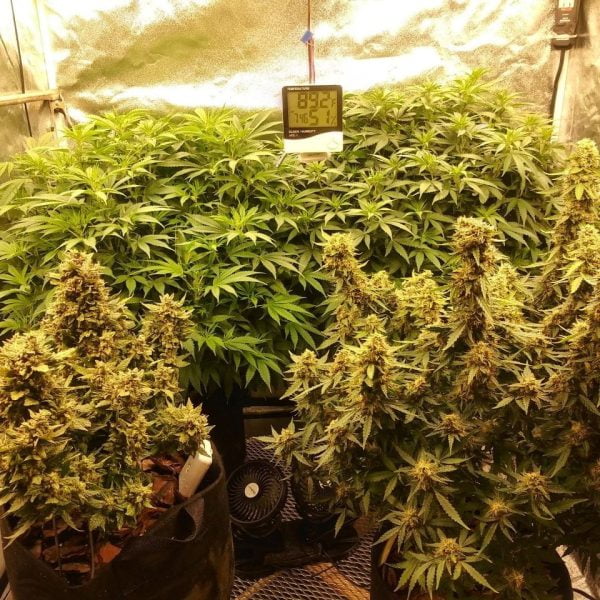
1. If a branch snaps, start working on fixing it immediately.
If you don’t get the break patched up by the time the leaves start to droop, the branch may be a goner.
2. Hold the broken stem in place and use electrical tape to make a “cast.”
Some growers recommend duct tape…
But electrical tape is easier to use because it’s stretchy, and it’s much easier to remove.
If the broken branch needs more support than your tape job provides, use string, twisty ties, or splints.
As long as the duct tape keeps both sides of the broken stem in contact, nutrients and water will continue to flow through the break.
3. Wait about a week and then take off the tape.
If the area still looks damaged and the plant tissue has a gray hue, put the tape back on and keep waiting.
If a knuckle has formed, it’s healed and good to go!
When NOT to Super Crop
Aside from the plant’s youth and old age, there are two times you shouldn’t super crop.
The first is any time you’re growing an autoflowering strain.
Super cropping needs a long vegetative cycle in order to be really effective – preferably, 6-8 more weeks of growth following the cropping.
Autoflowering strains will flower too soon for this technique to be useful.
Second, never super crop a plant if it’s currently dealing with a nutrient deficiency, a pest infestation, or any other kind of stress.
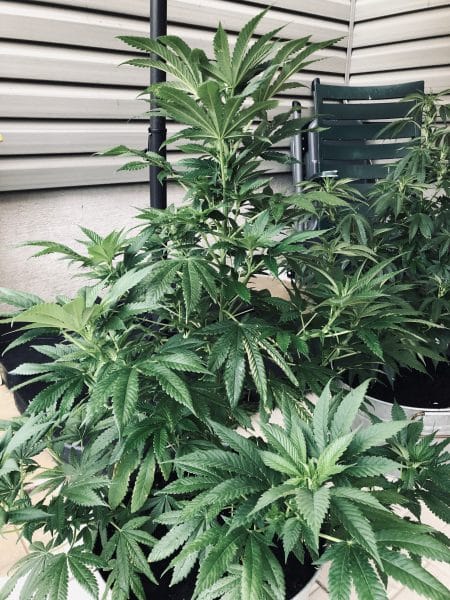
Don’t do it, even if it means missing your window for super cropping entirely.
Super cropping is a stressful technique, and if you do it on a plant that isn’t healthy and ready to handle it, the entire plant could die.
Super cropping uses the cannabis plant’s healing and self-defense abilities to the grower’s favor.
All you need to do is gently soften the inner tissue of your plant’s stem, bend it to a 90-degree angle, and let the plant heal.
It can take some time and practice to perfect your super cropping technique, but many growers would say it’s worth the effort. Happy growing!
If you want to learn even more about growing good cannabis, we offer a free 40+ page guide full of images.
Now available on Amazon.
Sign up for our newsletter and download the digital copy today!
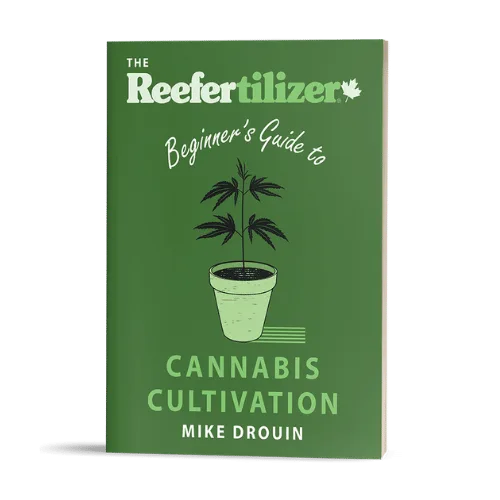
This guide will answer many questions about growing cannabis, like the following...
Selecting Seeds
Identify and Correct Problems
Maximize Yield
Much More...
Get a Chance to INSTANTLY WIN a Reefertilizer Nutrient Kit When You Sign Up.
Elijah Petty is a writer in the cannabis industry. He aims to use his platform to help educate people about cannabis and dispel some of the myths and misinformation that surround the plant.

Trying this product for first time.
Thanks for trying Reefertilizer. Please keep us updated on how well your plants do.